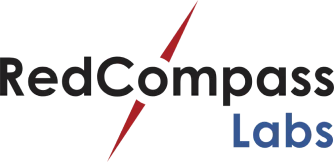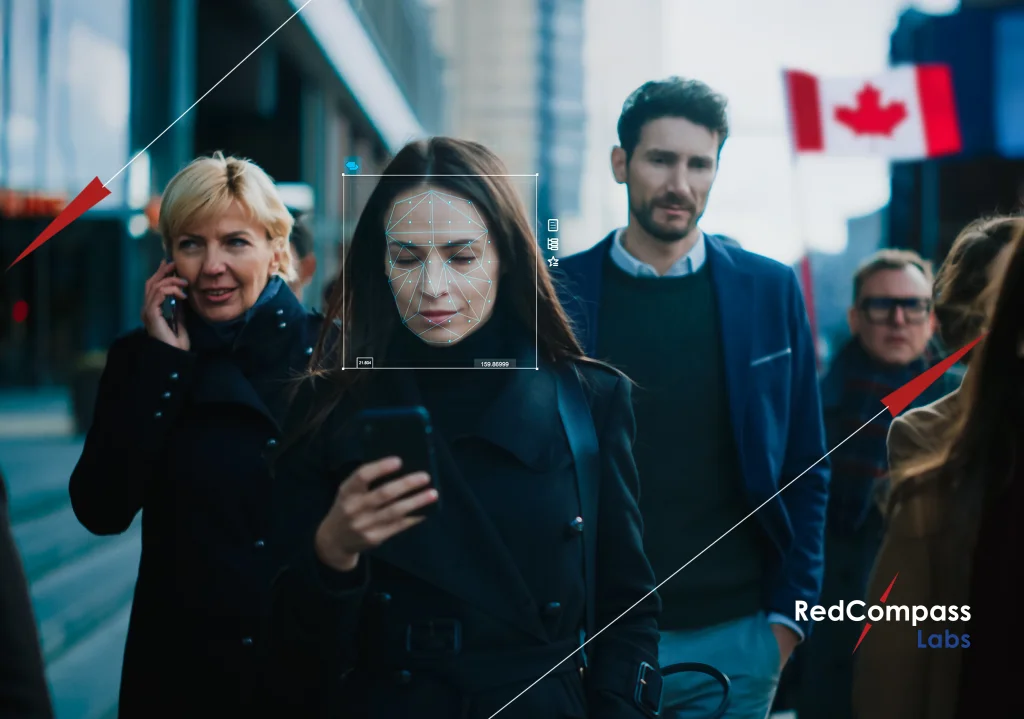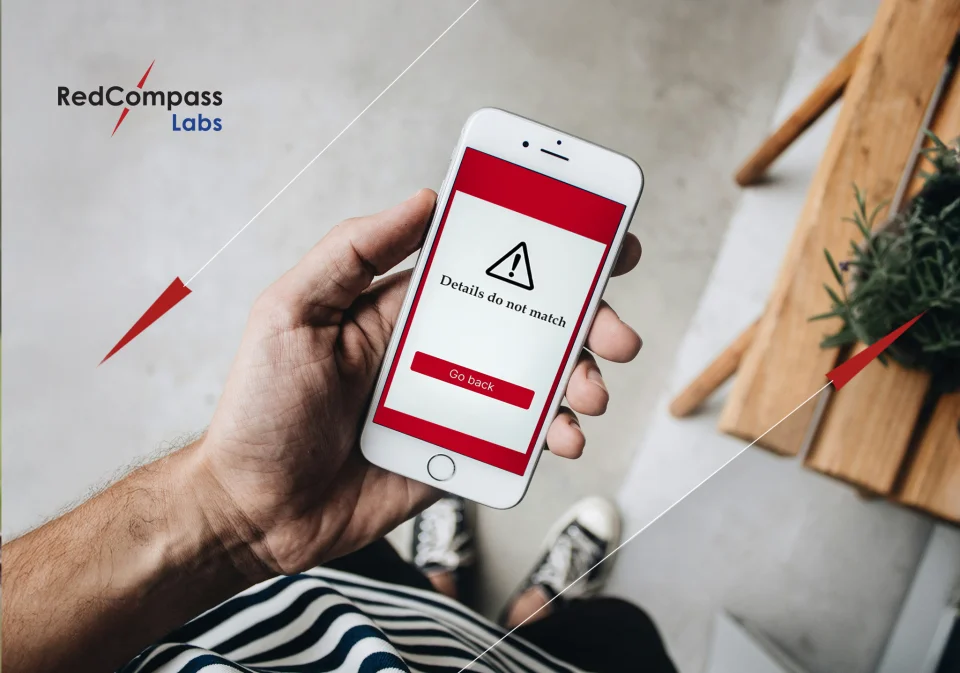TL;DR
-
AI needs expert input. General models miss key data for modern payments. Experts must fill the gaps.
-
Old data won’t solve new problems. Payments innovation demands fresh logic and deep domain rules.
-
Knowledge curators drive change. They shape vertical AI with real-world insight and smart reasoning.
Ask a system like ChatGPT, “Show me a picture of a person signing a contract with their right hand?” and it will create a picture of a man signing a contract with their right hand. If you say, “Now show me a picture of a person signing a contract with their left hand,” chances are it will create a new picture. But instead of a left hand, the man will still be signing with his right hand.
If you point this out and ask for a correction, it will probably reply, “OK, sorry, here’s a picture of a person signing a contract with their left hand.” But the picture will, again, be of a man using his right hand. You can say, “That’s not right. That’s still a right hand,” and the system will apologize and send you another male right-handed image.
Then, if you ask, “Can you regenerate the picture but paint the fingernails on the left hand?” the system will not only show a right-hand signing a contract, but the person will now be female.
Tell ChatGPT that it’s wrong, that the hand is not a left one, and the dance will continue. That’s because most online images of contract signings are right-handed, and most images of hands with painted nails are female.
Why? Because AI can only consume the knowledge that’s out there. It cannot create anything new. Try it.
Mapping data, logic, and reasoning
Now consider what this means for payments modernization. The data we need to solve our toughest problems often doesn’t exist because we’re dealing with new, innovative systems that have yet to be built.
So, let’s say we want to make it possible to fuel your car automatically on the forecourt with an instant, frictionless, cross-border payment as you drive across countries. To do so, we will need to connect rails, currencies, and payment systems. We’ll need to comply with multiple schemes and anti-money laundering (AML) regimes. If we want the option to buy artisanal merchandise from a local craftsman in rural Guatemala, we’ll need to add wallets, electronic telco money, and interoperability across borders, and so on.
But, there is no data for LLMs (large language models) to learn from. There are no websites with answers to these questions for the LLM to be trained on. We are creating something totally new. This is the leading edge of payments.
AI has the potential to help. But without the right source material – without the image of a left hand signing a contract – it’s not much use.
Far beyond ChatGPT
So, how do you integrate the left-hand contract signature data into the AI model?
You feed the model with knowledge beyond the internet, where LLMs have done most of their learning. We take every available rulebook, industry report, and piece of payment knowledge that exists – thousands of documents – to start to transform the general models towards ‘vertical, applied AI’ models. Then to further refine them, nuanced information and reasoning processes that live in experts’ heads must be extracted and added to fine-tune the models further.
We combine these documents with internal, proprietary knowledge built over decades of experience working on complex payments modernization projects. Then, we enrich it with questions and reasoning via different LLM training and fine-tuning cycles. What comes out of this process does not exist in general AI models like ChatGPT.
This is where advanced RedCompass Labs AI Cognitive Task Analysis (AiCTA) comes in. AiCTA is a methodology for capturing what an expert knows and how they think. It captures, in a structured way, the information needed to train AIs to follow a similar thought process and reach a conclusion. It’s especially useful in training AI in areas where expert judgment and nuanced decision-making are crucial. That makes it potent for payments modernization.
Training day
A lot of what we do depends on the questions we ask and how we respond. An expert will interpret a rulebook one way, a graduate analyst another way, and a project manager probably wouldn’t know what to do with it. The difference in how we come to conclusions is what separates experts from the rest of the pack. Capturing this process – the way experts reason with a problem, born of years of observations, edge cases, and lessons learned – is key.
For payments, we put expert analysts in a room with a complex document, like a rulebook. We ask them: What do you think? What do you see? There’s a requirement there. I think about it this way. How do you interpret it? The process is slow and expensive, but powerful when it comes to training AI.
We use their responses to uncover how they make decisions, which experience they reference, and how they apply it to solve problems.
Once the cognitive processes (after hundreds of hours of looping around and around) have been captured, the next step is to organize them into a usable format. The information is first categorized into distinct sections, such as “Clarifications,” “System Validations,” “Implementation Challenges,” and so on.
Then, the decision logic is extracted. Any if-then or conditional reasoning is used to formalize the expert’s decision-making process. We take note of anything that influenced them. For example, industry standards, regulations, best practices, contextual insights, and so on. This becomes a knowledge base that helps to train AI models.
Vertical AI
This way of working is something between the LLM and a Large Behavior Model. It’s how reasoning in AI is being developed. It takes time, computer power, and dedicated payments experts.
But it means that AI is not just learning facts – it’s building an understanding of how payments experts process information and adapt to different scenarios.
It is not about building new large models but layering a payments framework on top of existing tools. To truly benefit from AI, we need models that predict the next word in a payments-specific context, not a general one. If a general AI model encounters a payments rulebook, it may struggle to understand the nuances because its training data is too broad. Feeding a bespoke tool every payments rulebook in the world, combined with AICTA-driven data, helps build a payments-specific understanding, creating significantly stronger perplexity scores for payments-related text (the ability of the LLM to become payments-specific tools).
You can apply this vertical AI in the payments sector to build solutions that don’t exist yet. We move from a general AI model toward an applied model specialized for payments and with experts in the loop applying it to novel problems.
From analysts to AI-enabled payments experts to knowledge curators
To achieve this is no small task. Subject matter experts need to spend thousands of hours gathering data, cleaning it, refining it, and testing it. The models are then trained, tested, benchmarked, and refined again. The process is repeated over and over and over, improving every cycle.
But here lies the opportunity for the analyst. AI is going to be as disruptive for general analysts as the combine harvester was for farm laborers. But in its wake, new roles will form for payments experts and payments knowledge curators. As AI systems are integrated into more complex decision-making environments, payments experts can bridge the gap between human expertise and machine learning capabilities.
Payments analysts already have a solid understanding of the payments landscape, trends, regulations, and challenges. For those at the top of their field, there will be roles for those who can curate the knowledge, the insights needed to ensure that AI systems are grounded in real-world, domain-specific knowledge. They will be skilled at organizing and synthesizing large amounts of information. This makes them well-suited to curate and structure the data that AI systems rely on, ensuring it’s accessible and relevant. They can help identify patterns, trends, and nuances that machines alone may not capture effectively.
A new generation of payments knowledge curators, then, can provide the context behind rules, processes, and decisions that AI systems need to learn. They can capture the “why” behind a decision, not just the “what,” which is essential for AI to adapt to new situations. They can help AI systems stay up to date by constantly curating and refining the knowledge they feed into them, making sure it’s adaptable to new challenges and changes in the industry. As AI takes on more of the heavy lifting in payments processing, analysts will be responsible for overseeing and guiding AI decision-making. They’ll ensure that AI is operating within the boundaries of best practices and industry standards while also providing oversight and interpretation when needed.
In this sense, analysts will evolve from being data interpreters to curators and stewards of the knowledge that drives AI systems in payments. They will make the systems smarter. They will oversee the quality of data and ensure that the AI models continue to learn and improve over time based on the knowledge they are provided.
We can use this approach to enrich niche models with the knowledge that only we, as experts in the payments space, possess. This creates unique expertise that can be consumed downstream.
The traditional analyst’s days are numbered
The job analysts do today will not exist in a matter of months. It could be 6, 12, or 24. But it is still months. This isn’t like other shifts in the past. Banks, at their core, are just stacks of systems. Most of what they do does not require human intervention—it is automated. Human involvement is expensive and only justified for high-value areas.
A system that generates revenue costs money to build. But payments? Payments cost money to run. Banks process payments not because they are profitable on their own, but because they attract deposits and enable cash management. Cross-border payments are a different story. But they too are rapidly becoming commoditized.
Anything that reduces those costs is a huge benefit. AI will do that. It can already handle the routine parts of an analyst’s job, and next it’ll take over junior-level tasks. AI is coming. It is inevitable.
The path forward for analysts is to become either the AI-enabling Payments Knowledge Curator or the AI-Enabled Payments Expert. The AI itself will sit in the middle, solving unique and novel problems. Those who can curate the knowledge to power the models, and those who can work with and implement those outputs, will be safe. But for today’s analyst, AI might not take your job. But someone using AI almost certainly will.
***
This is the fourth article in our “The Last Consultant” Special Report. If you missed the first three, you can catch up on how AI is reshaping the payments industry here (The Last Consultant, How AI is reshaping the labor force, and Is this the end of the day rate?)
Share this post
Written by

Tom Hewson
CEO, RedCompass Labs
Resources





